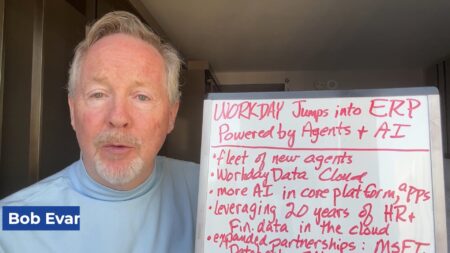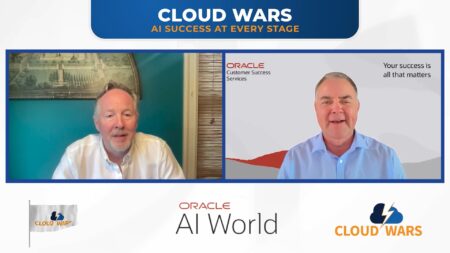
The context and purpose behind this series: “The 17 Companies Reshaping the Landscape of Enterprise AI“.
Who They Are
Snowflake was built from scratch by its founders and launched in 2012. The goal is to “harness the immense power of the cloud”, and to “mobilize the world’s data”.
Currently, Snowflake is led by CEO, Frank Slootman who is a 3x IPO veteran. He has led the company through significant growth taking the company from a $4 billion valuation to about $60 billion in latter 2020, to now a rough valuation of $81 billion.
Not only are the growth numbers impressive, but there are also spectacular numbers that Snowflake’s customers are seeing:
Another impressive initiative that Snowflake is doing is called “Snowflake for Good“. The message is centered around “making a human and a data-driven difference” for humanity and the environment.
This initiative also meshes with their core values to represent who they are:
- Put Customers First
- Integrity Always
- Think Big
- Be Excellent
- Make Each Other the Best
- Get It Done
- Own It
- Embrace Each Other's Differences
What They Do with their Data Cloud
Snowflake’s platform is infused with AI and machine learning for data integration and consolidation to define its data cloud. The AI is used to train APIs to recognize faces, images, and words. On top of this, custom models can be trained to create unique AI projects.
This data cloud platform is comprised of three layers defined as:
Each layer is built to simplify the architecture, easily scale, automate complex data replication, and share/collaborate easily. Further, cross-cloud governance controls can be put in place to ensure adherence to any compliance needs.
Most Unique / Impactful Application
Building data applications are simplified by utilizing scalability and concurrency. The “Snowflake for Building Data Applications” solution delivers consistency on performance SLAs, streamlines data pipelines, and no DevOps burden.
Snowflake’s Data Cloud features are for enterprise-level efforts. These features include:
Snowflake automatically scales compute resources, up and down, for virtually unlimited concurrency without impacting performance or having to reshuffle data.
Eliminate the need to preprocess semi-structured data. Deliver fresh insights faster with Snowflake’s VARIANT data type.
Accelerate time to market of new features with simplified DevOps workflows and automated Day-2 operations.
Who They Have Impacted with Data Integration
The far-reaching impact of the pandemic is still unfolding each day. New stories emerge and speak to the pain, triumphs, and challenges still ahead.
A collaborative initiative was put in place to tackle COVID-19 head-on. Datavant partnered with Medidata and Snowflake to build a data integration platform. The goal was to create a “freely accessible clearinghouse of COVID-19 data to benefit the global research community”.
"Snowflake has been an instrumental partner in the COVID-19 Research Database, providing high-performing, critical infrastructure that enabled the effort. Together, we have demonstrated the impact of real-world data in understanding—and ultimately, mitigating—the pandemic.”
TRAVIS MAY, Chief Executive Officer, Datavant
The outcome of this collaboration is a “database that supports research across the healthcare system”.
According to Snowflake, “the database, which can be accessed by academic, scientific, and medical researchers, holds billions of de-identified records including unique patient claims data, electronic health records (EHR), and U.S. mortality data.“.
Closing Thoughts
Data that’s been AI-empowered should no longer be shackled to a company for pure profit gain. And, artificial intelligence gives us the chance to be better stewards of data.
When a company such as Snowflake collaborates with others to impact humanity, people can see the real-world impact of technology.
Companies have put down roots to strengthen the long-term investments in data, data integration, and AI – many for the right reasons. To that end, the managing the data and governing the AI will be an ongoing challenge and requires our collective responsibility.








